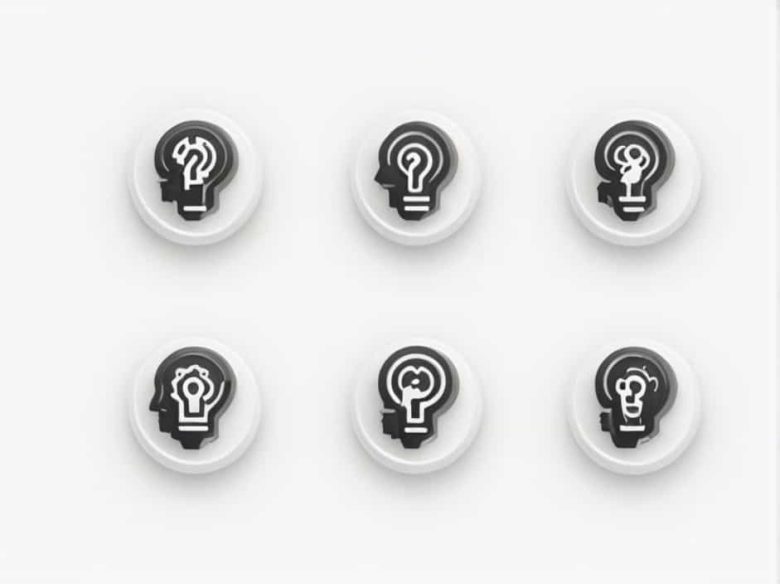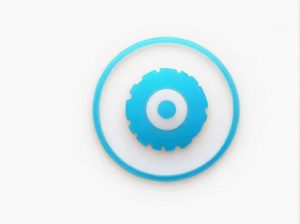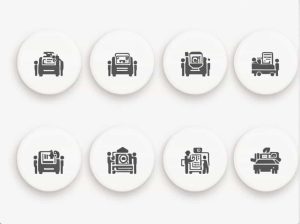Understanding user requirements is crucial for creating products services or solutions that meet customer needs effectively. Whether developing software designing a website or launching a new product asking the right questions helps clarify expectations and ensures successful project outcomes.
This topic explores key questions to ask when gathering user requirements categorized into different aspects of the user’s needs.
Why Understanding User Requirements Is Important
Before diving into the specific questions it’s essential to understand why user requirements matter:
- Enhances User Satisfaction: Meeting user needs leads to higher satisfaction and engagement.
- Reduces Development Costs: A clear understanding prevents unnecessary revisions and redesigns.
- Improves Efficiency: Well-defined requirements streamline the development process.
- Ensures Better Decision-Making: Clear data helps teams make informed choices.
Now let’s explore the most important questions to ask when determining user requirements.
1. Understanding the User’s Goals
The first step in requirement gathering is identifying what the user wants to achieve.
- What is the main goal you want to accomplish with this product/service?
- What problems are you currently facing that this solution should solve?
- How will this solution improve your daily tasks or business operations?
- Are there any specific objectives you want to meet within a certain timeframe?
2. Identifying the Target Audience
Knowing who will use the product or service helps tailor the solution to their needs.
- Who will be the primary users of this product or service?
- What is the technical expertise of the users? (Beginner intermediate advanced)
- Are there any accessibility requirements that need to be considered?
- How do your users currently interact with similar products or services?
3. Functional Requirements
These questions help define what the system product or service should do.
- What key features must be included in the final product?
- Are there any specific functions or tools that users expect?
- What are the most critical actions users need to perform?
- Should the product integrate with other existing systems or tools?
4. Non-Functional Requirements
Beyond functionality non-functional requirements define performance security and usability.
- What level of performance and speed is expected?
- Are there specific security or compliance requirements to follow?
- What level of reliability and uptime is required?
- Should the product be scalable for future growth?
5. User Experience (UX) and Design Preferences
A smooth and engaging user experience enhances product adoption.
- What design elements or themes do you prefer?
- Are there any specific usability concerns to address?
- Should the interface be optimized for mobile desktop or both?
- Are there existing products whose UX you admire or dislike?
6. Budget and Resource Constraints
Understanding financial and resource limitations helps set realistic expectations.
- What is the available budget for this project?
- Are there any cost restrictions for additional features or upgrades?
- What resources (people tools time) are available for implementation?
- Do you have a preferred pricing model (one-time payment subscription etc.)?
7. Timeline and Delivery Expectations
Clear deadlines ensure a structured development process.
- When do you need the final product or service delivered?
- Are there specific milestones or phases required before completion?
- How frequently should progress updates be provided?
- Are there external dependencies that might affect the timeline?
8. Challenges and Potential Risks
Identifying potential risks early can prevent future issues.
- What challenges do you foresee in implementing this solution?
- Have you encountered difficulties with similar projects in the past?
- What risks should we be aware of that could delay the project?
- Are there any legal or regulatory concerns to consider?
9. Support and Maintenance Requirements
Ongoing support ensures long-term success.
- What level of technical support will be required after deployment?
- How often do you expect updates or maintenance?
- Should the system be designed for easy upgrades and scalability?
- What is the preferred method of receiving support (email phone chat)?
10. Measuring Success
Defining success criteria helps evaluate the effectiveness of the final solution.
- What key performance indicators (KPIs) will determine success?
- How will you measure user satisfaction and adoption?
- Are there specific benchmarks or metrics to track improvements?
- What feedback mechanisms will be used for continuous improvement?
Gathering user requirements is a crucial step in delivering a successful product or service. By asking the right questions in areas like functionality user experience budget and support businesses can ensure they meet customer expectations while minimizing risks and costs. A well-defined requirement-gathering process sets the foundation for a smooth and efficient development process leading to higher user satisfaction and long-term success.



